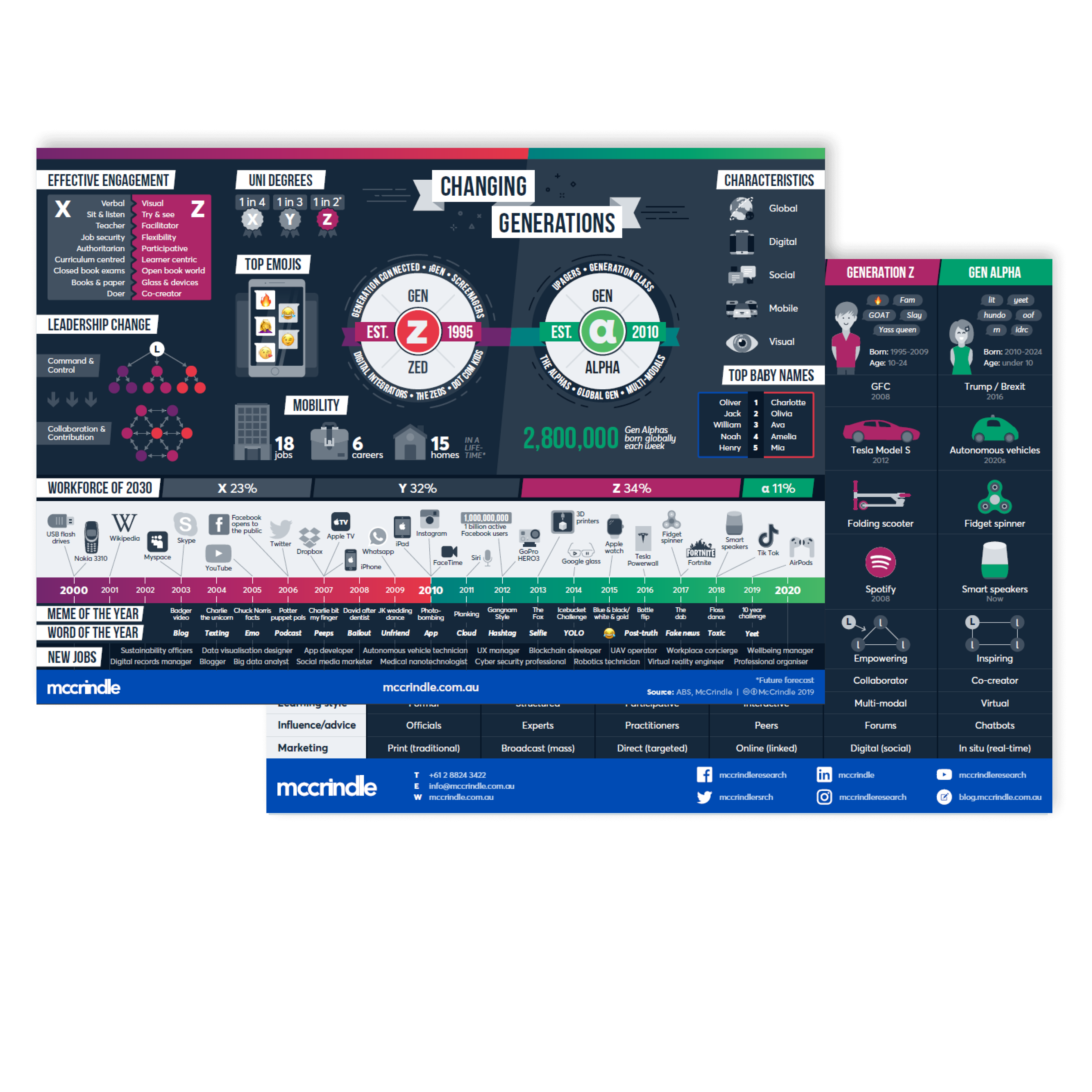Q and A: The Sandwich Generation


What is the ‘triple decker sandwich’ Baby Boomers are facing and what are the solutions?
Social and demographic changes, including the rising cost of living and house prices has led to changes in family configurations and living arrangements. The children of Baby Boomers, Generation Y, have significantly delayed the life marker of marriage, with the median age of first marriage now at 29.9 for a male and 28.3 for a female, as well as childbirth, with the median age of parents now 33 for a male and 30.8 for a female.
They are also delaying other lifemarkers of leaving home, starting their career and obtaining a mortgage more than ever before, and for the first time an entire generation of parents are entering their 60s while still providing financial and personal support to their children. Whilst the “couple with kids” household remains the most common household type in Australia, making up a third of Australia’s 9.1 million households, household structures are changing with a noticeable rise of the multi-generational household.
Generation Y have also been labelled the Boomerang Kids, as once they leave their family home, they often boomeranging back again, sometimes with a few kids in tow. Many Baby Boomers are not therefore downsizing the family home, but creating space for their adult children and grandchildren to live under the one roof. This type of arrangement is a significant financial advantage for Gen Y KIPPERS (Kids In Parents’ Pockets Eroding Retirement Savings) who may be saving $15,000 per year on rent alone by living with their parents. For mum and dad, however, retirement plans are delayed and retirement savings significantly decrease.
In addition to this, many of today’s Baby Boomers have an additional caring role of supporting their ageing parents, ‘sandwiching’ them between their adult children (and grandchildren) as well as their parents’ generation who are living longer – which is why they have been labeled the triple decker sandwich generation.
THE SOLUTIONS:
- Multigenerational households can provide great support networks for raising the next generations, but so that the pressure doesn’t fall unequally on the shoulders of one generation, have a plan to share the load of household jobs and responsibilities.
- Plan ahead for aged care options so the best care can be provided at each stage.
- Separate living spaces in the one house can provide opportunity for each generation to have their independence and space whilst still having shared time together.




